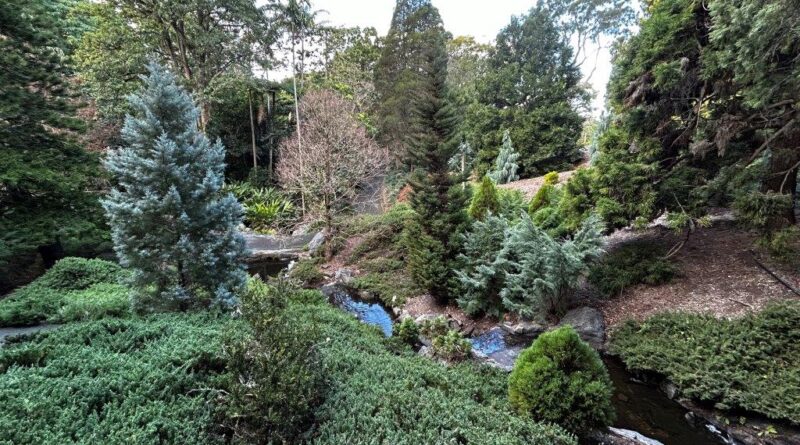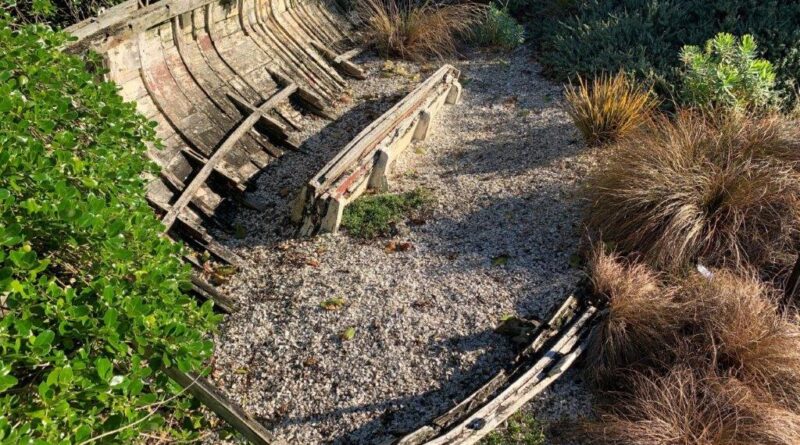Conifers for warm climates showcased at Mt Coot-tha
By Dale Arvidsson
Conifers are among the oldest and most diverse groups of plants on Earth. They have existed and evolved for more than 300 million years, surviving ice ages, changing climates, and mass extinctions. These plants have adapted to a wide range of habitats, living just above sea level in the tropics to over 3000 metres in altitude and above the timberline of the world’s highest mountain ranges.… Continue reading
Read More

